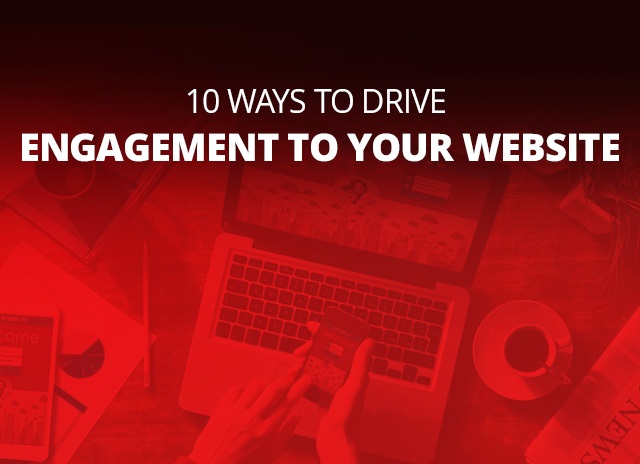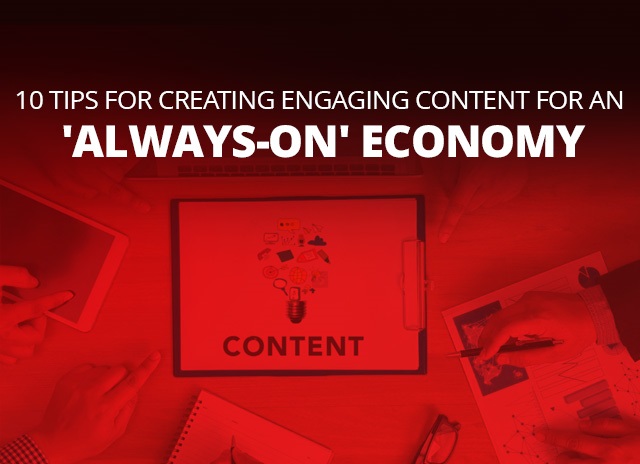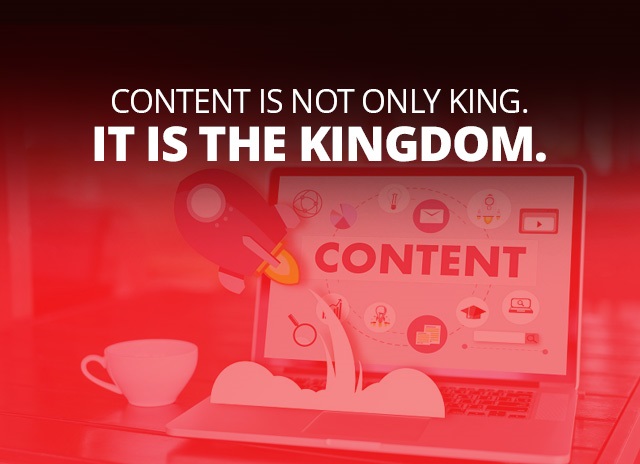Top 5 Software For Analyzing Website Performance
The speed of the website is one of the most important factors leading to a high conversion rate. Fast loading websites gain from higher SEO rankings which have a direct impact on user experience, low bounce rate, engagement as well as conversion rates. Conducting a performance test for any website helps in understanding the responsiveness and the scalability of the website, which have a direct impact on the user experience and the revenue generation.
Before beginning the process of testing a website for its performance, it is important to keep in mind a few considerations.
- One of the most crucial things to understand is the purpose of the website. Is it to provide web services or is being used to sell products and services.
- Understand the reason for testing and what is it that needs to be measured. E.g. response time, number of users, etc.
- Understand customer expectations
- Understand the availability of QA tools and the project schedule.
What are different kinds of performance test that can be conducted for a website?
- Performance test – This is done to check the responsiveness, speed, and scalability of the website
- Load test- this is done to check the behaviour of the website under a certain workload.
- Stress Test – This is to check how the system reacts under extreme load conditions and helps in finding out issues related to memory leaks and synchronization
- Endurance test – This is done to ensure that the system can handle the expected load for a long period of time.
- Capacity test- it is done to understand and check how many users/transactions can be supported at one time.
To conduct Website testing the following tools can be used
- GTMetrix – A free application that summarizes the page performance based on key indicators of page load speed. It generates scores for webpage performance and gives recommendations to improve it. The key features of this application are:
- It allows testing the website from 28 different servers located in 7 countries
- It provides a summary of the key performance indicators
- Website performance can be tracked through monitoring and it is presented in graphs.
- It allows checking a webpage on different simulated devices.
- It allows us to playback webpage loads with videos that help analyze the bottlenecks.
- Pingdom – Is a free website and performance monitoring tool dedicated to making the web faster and reliable. The key features of this application are:
- It allows you to examine all parts of the webpage
- Provides performance overview
- Traces the performance history as results are saved every time testing is done. Changes over time can be reviewed.
- Allows testing from multiple locations.
- DareBoost – Is an online application which analyses and optimizes the website performance. It allows a large number of checkpoints when analysing the site speed. It is mainly designed to reduce page loading time and increase its quality. The key features of this application are:
- It allows comparison with competitors for website speed.
- It analyses webpages continuously to detect quality and loading related issues.
- It enables you to check the user behaviour on the website.
- You can test the mobile website using this tool.
- GeekFlare – It is a collection of free tools that are used to test the website for security, Domain Name Server performance, network, and SEO issues. The key features of this application are:
- You can see how fast your server responds to the browser request.
- It allows you to check if your site has a secure header or not.
- It can quickly find out the hosting provider for any website.
- It checks for any broken links on your websites.
- It analyses server preferences, certificate details, supported protocols, etc.
- SpeedCurve – It is a tool that measures website performance and design. It enables you to debug website performance issues at the page level. The key features of this application are:
- Measure when the most important content renders
- Provides engagement charts and uses the data to understand the impact of page slowdowns on the site’s bounce rate.
- Any metrics can be tracked including conversion rate, A/B testing, and cart size.
- It enables you to debug website performance issues at the page level.
- Helps in creating performance budgets and get alerts.
- It enables you to track the code changes between deploys with the use of its Deploy API.
For analysing the performance of a website, there is a multitude of different tools available. Knowing which ones work best for you will depend on your business needs.
Contact the experts!













